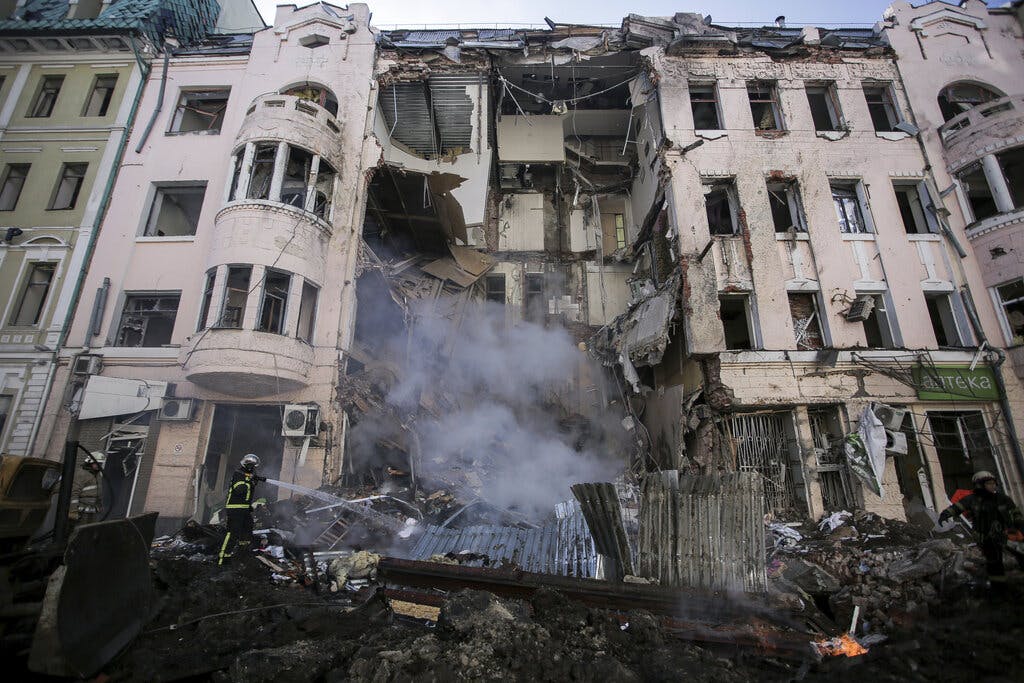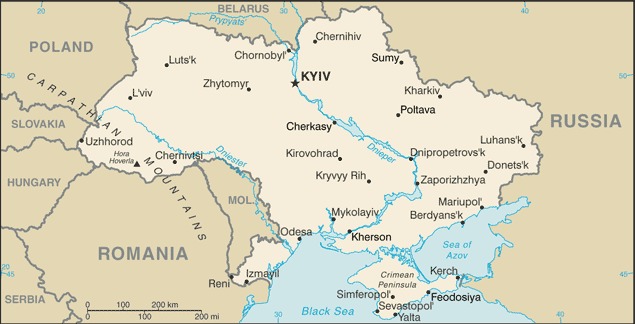Russian Military’s Time Might Be Running Out in Ukraine
With two-thirds of the Russian army’s combat units now deployed to Ukraine, analysts say Russia’s ability to continue the war will collapse if victory is not achieved within 10 days.

High-Water Mark?
In an interview with Fox News, Senator Rubio disclosed that two-thirds of the Russian army’s combat units are now deployed to Ukraine. This has given rise to assessments by an erstwhile NATO commander, General Ben Hodges, and the Center for European Policy Analysis that Russia’s ability to continue the war will collapse if victory is not achieved within 10 days.
In the spirit of desperate times making for desperate measures, Mr. Putin has approved plans to recruit 16,000 Syrian army soldiers as mercenaries at a cost of $3,000 per month per head.
A UN human rights report published last August told how “female former detainees described being subjected to multiple rapes, beatings, and torture by members of the Syrian National Army forces guarding them.”
These are the medieval ways of war that Mr. Putin seems intent on injecting into the heart of Europe.

Mykolaiv
Ukrainian defenses in the city of Mykolaiv are so far holding fast in the face of sustained attacks by numerically superior Russian forces. The strategic importance of this city derives from the 750-meter-long Varvaris’kyy Bridge over the Southern Buh River that is key to a Russian overland advance toward Odessa, Ukraine’s last remaining port on the Black Sea.
Satellite imagery now indicates that the Ukrainians have demolished the central segment of that bridge, which would nullify the strategic significance of Mykolaiv from the Russian perspective.
From the Baltic to the Shores of Odessa
Over the past 24 hours, commercial satellite imagery has also detected what could be a Russian effort to bypass the stalled land offensive against Odessa by conducting an amphibious landing.
In January, Russia’s Ministry of Defense announced that a flotilla of six amphibious assault ships was being redeployed to a Russian naval base in Crimea from the Baltics. The following month those ships were spotted passing through the Dardanelles from the Mediterranean into the Black Sea.
Naval News has published commercial satellite photography showing these amphibious ships escorted by a Russian cruiser now bearing down on Odessa. Each of these vessels has enough cargo capacity to accommodate a full mechanized battalion, which means the flotilla can land two combined-arms brigades complete with tanks, armored personnel carriers, and infantry.
On the second day of the war, February 26, the Russian navy conducted an amphibious landing on the Azov Sea coast in support of the Russian army’s ground advance toward the now-besieged city of Mariupol.
While that landing was unopposed, Ukrainian forces in and around Odessa have been fortifying the city and its approaches against the prospect of a Russian attack.
Sky News reports from Odessa that “sandbags are everywhere – blocking doorways, windows, and roads. Huge steel crosses called hedgehogs have been placed in the streets designed to stop tanks and military vehicles in their tracks.”
The cost in blood of an amphibious landing against determined enemy opposition was exemplified by the bitter American experience on the sands of Omaha Beach, Tarawa, and Iwo Jima. The fierce fighting spirit displayed by the Ukraine people, and the countervailing poor morale plaguing the Russian army, combine to cast serious doubt on the prospects for success of an amphibious assault against Odessa.
Kiev
Russian forces on the northern outskirts of Kiev are making little headway as they try to bludgeon their way into the heart of Ukraine’s capital city. This renewed Russian offensive has ground to a bloody halt in vicious street-to-street fighting throughout the suburb of Irpin.
The Russian attempt to encircle Kiev from the West has made more progress, with mechanized units reaching the village of Byshiv, about 30 miles southwest of the city center. East of the Dnieper, Russian forces are regrouping after one of their armored regiments was decimated in a Ukrainian anti-tank ambush at Brovary last week.
Mariupol
Before the outbreak of war, Mariupol was a vibrant port city of 400,000 inhabitants on the shores of the Azov Sea. For more than two weeks, though, Russian forces have been busy pounding its buildings into rubble. Ukrainian sources report that more than 2,500 civilians have been killed, including mothers and children who died when the Russian air force bombed a maternity hospital on March 9.
Yet the Ukrainian defenders of Mariupol continue to hold fast, beating back every assault so far. Reports that Russian soldiers are holding hundreds of Ukrainian civilians hostage at Mariupol’s Regional Intensive Care Hospital is a sign of Vladimir Putin’s growing frustration over the failure of his troops to take that city. These setbacks are just a minor foreshadowing of the bloody debacle that awaits if the Russian army dares to assault Kiev, a city almost 10 times larger.

